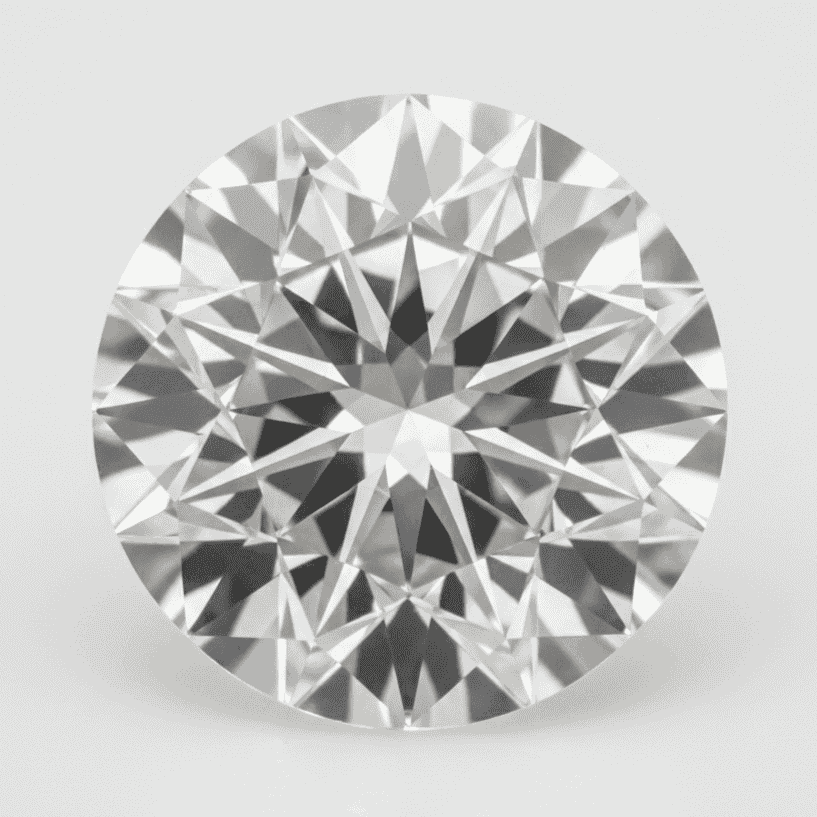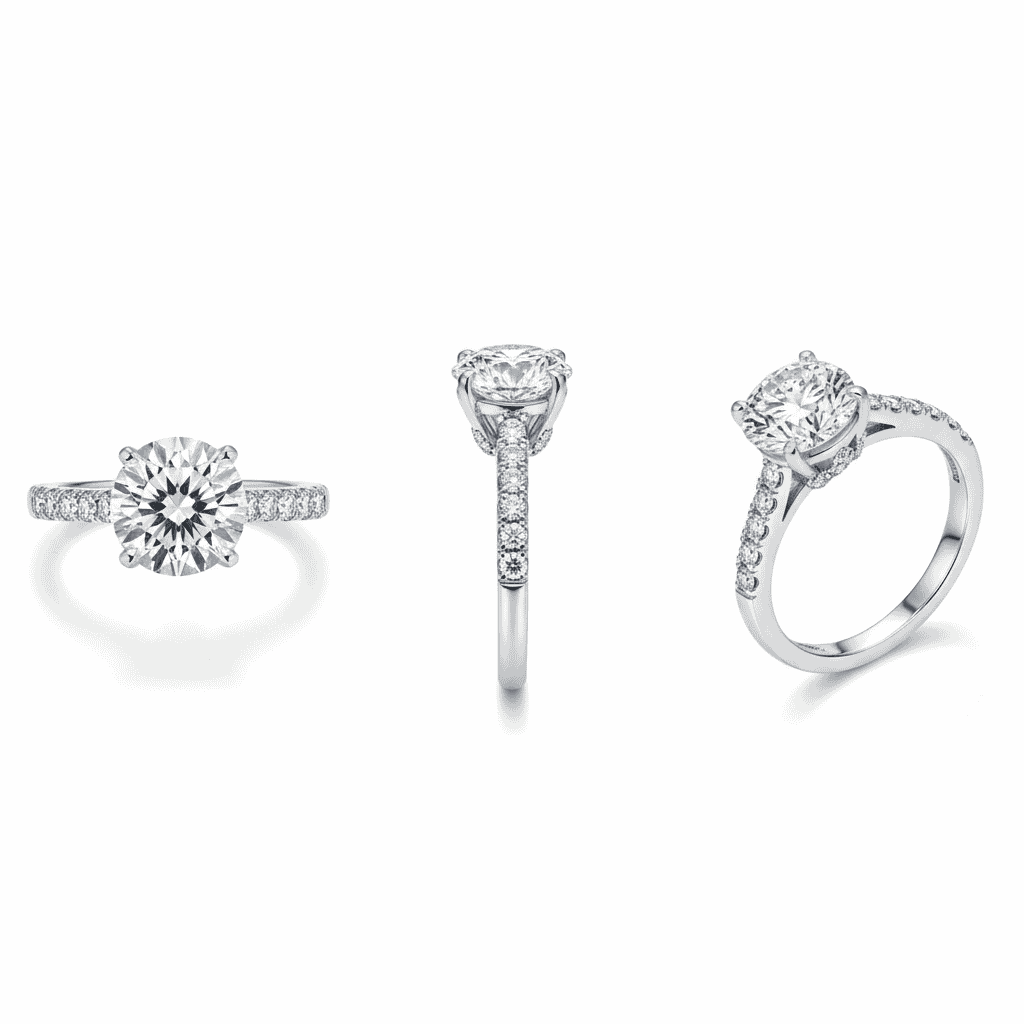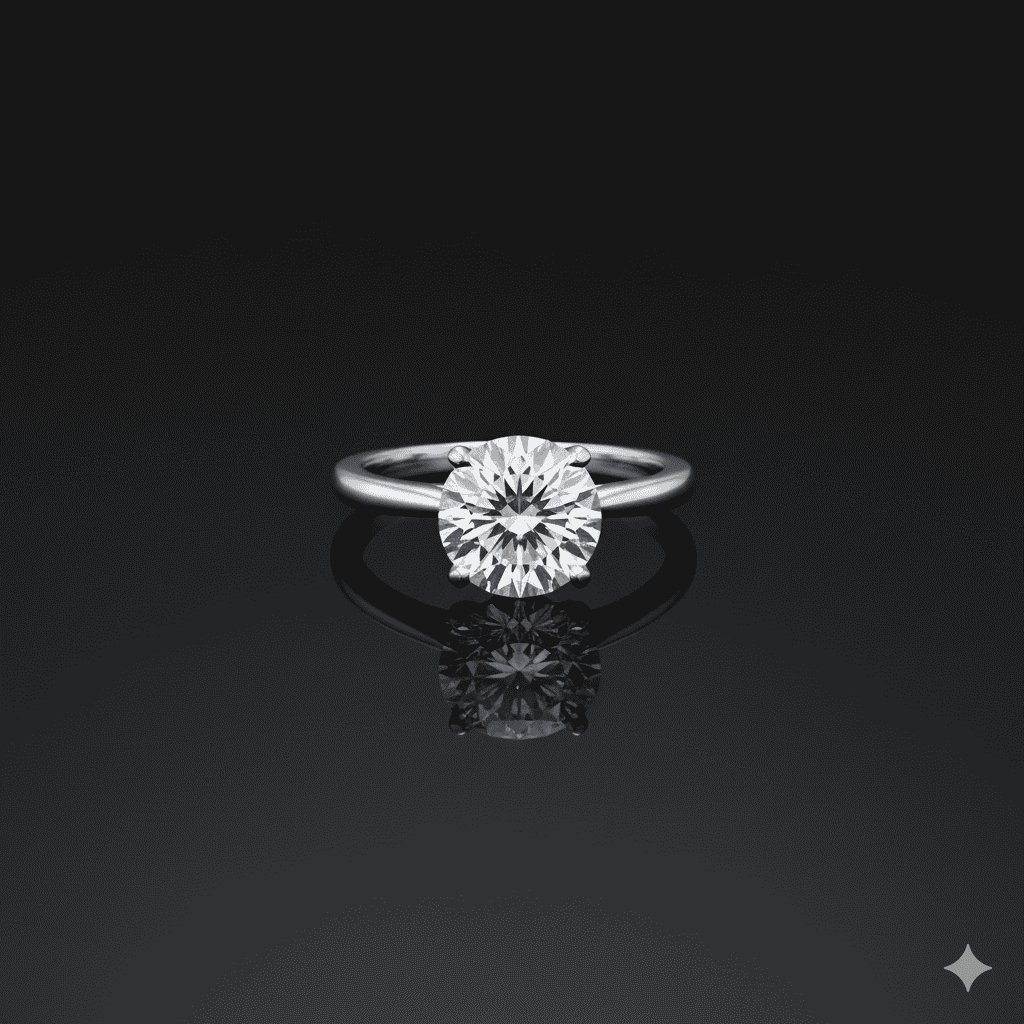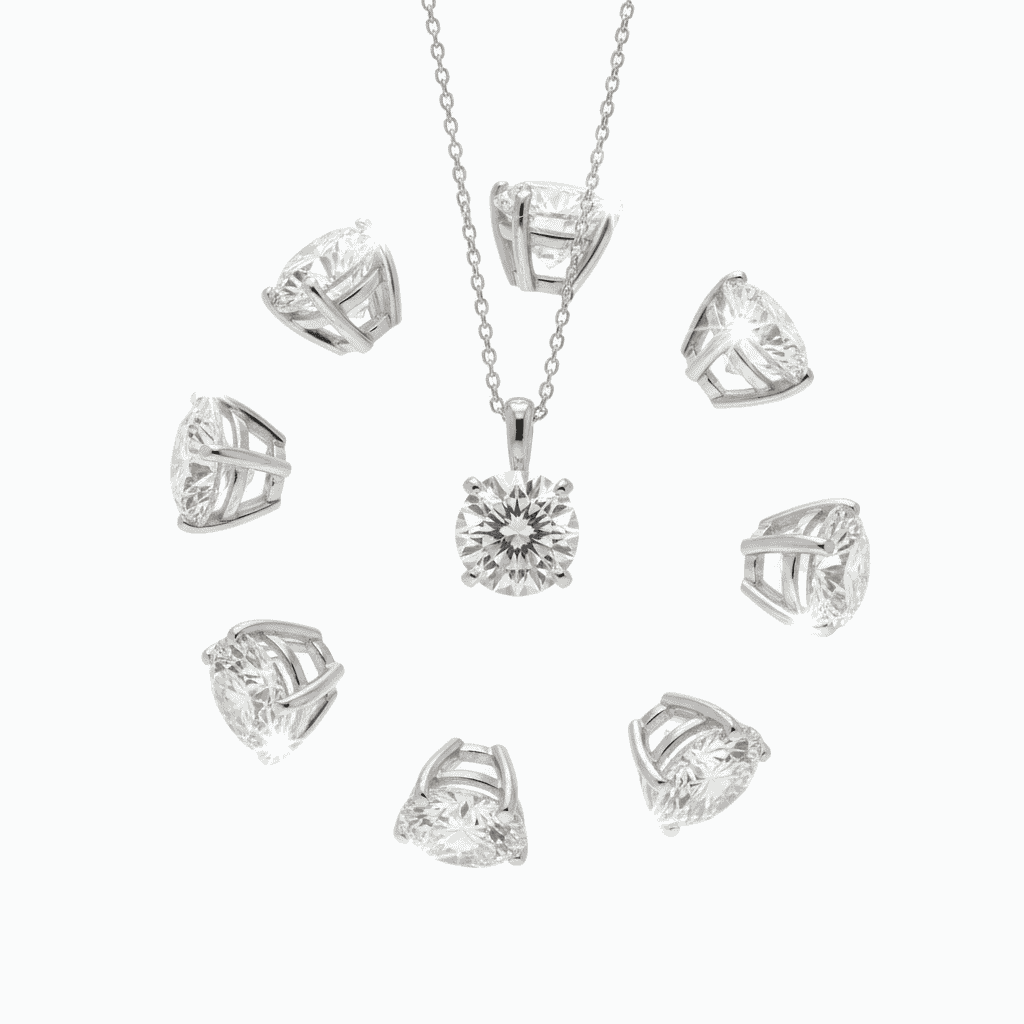Diamonds aren’t just products; they are emotional symbols of love, commitment, and luxury. In e-commerce and advertising, the way diamonds are photographed has a direct impact on sales and brand perception. According to Shopify research, product photos are the single most influential factor in online purchasing decisions, even more than product descriptions.
Yet photographing diamonds is notoriously difficult. Their high reflectivity, small size, and brilliance make them both dazzling and frustrating. A photo that fails to capture sparkle makes even a flawless stone look ordinary. On the other hand, a carefully lit, well-edited image can make a diamond irresistible to buyers.
This guide will walk you through the challenges, techniques, and creative ideas for photographing diamonds so they shine as beautifully online as they do in person.
Why Diamonds Are Difficult to Photograph
Before diving into setups, it’s important to understand why diamond photography is unique:
- Reflections everywhere: Diamonds act like mirrors, bouncing back not only light but also the camera, photographer, and studio setup.
- Dullness without proper lighting: A poorly lit diamond looks flat and lifeless, even if it sparkles in person.
- Size and scale: Diamonds are tiny, which means close-up photography must be razor sharp to show facets and cuts.
- Color representation: White diamonds often photograph gray; colored diamonds may look faded or unnatural.
- Brilliance vs. believability: Over-editing can create fake sparkle that reduces trust.
Knowing these challenges prepares you to avoid common mistakes and achieve professional results.
Diamond Photography Setup Essentials
1. Camera & Lens
- Camera: A DSLR or mirrorless camera with manual controls is essential.
- Lens: Use a macro lens (60mm, 100mm, or 105mm) to capture close details. Extension tubes can also help.
- Tripod: A sturdy tripod ensures stability, especially when shooting with small apertures and long exposures.
2. Lighting
Lighting is the heart of diamond photography. The wrong setup will make even the most brilliant diamond look dull.
- Diffused Lighting: Use a light tent or softbox to soften harsh reflections.
- LED Jewelry Lights: LED panels with adjustable brightness and color temperature are ideal.
- Dark-Field Illumination: Light enters from the sides and bottom while the top remains dark, making facets sparkle dramatically.
- Avoid Direct Flash: Flash creates flat images and harsh glare.
Pro Tip: Position two diffused lights at 45-degree angles on either side of the diamond to bring out maximum brilliance.
3. Backgrounds
- White backgrounds: Required for marketplaces like Amazon; create a clean, professional look.
- Black backgrounds: Add luxury appeal and highlight sparkle. Works well for loose stones.
- Gradient backgrounds: Subtle gray or soft gradients give a high-end feel.
- Lifestyle backgrounds: Hands, props, or styled settings for branding campaigns.
4. Support Tools
- Jewelry holders: Invisible stands or wax can keep diamonds upright.
- Reflectors: White cards or silver reflectors bounce light into the stone.
- Cleaning tools: Diamonds must be spotless—use microfiber cloths, air blowers, and ultrasonic cleaners before shooting.
Diamond Photography Ideas and Techniques
1. Focus on Macro Shots
Diamonds are defined by their cut and facets. A macro lens lets you capture the brilliance that makes each stone unique. For full sharpness across the entire diamond, use focus stacking—shooting multiple images at different focus points and merging them during editing.
Example: Photograph a round brilliant-cut diamond where each facet is sharp, from the crown to the culet, revealing its craftsmanship.

2. Capture Multiple Angles
A diamond’s story is told through its different perspectives. Each angle reveals new details:
- Top view: Highlights shape and cut style.
- Side view: Shows depth and height of the stone.
- Angled shots: Capture sparkle as light reflects.
- Close-ups of settings: Perfect for engagement rings where prongs or side stones add character.

Example: An engagement ring shot from top, side, and angled perspectives to create a complete product listing for an online store.
3. Play with Shadows and Reflections
Subtle shadows and reflections give diamonds depth and luxury appeal. Instead of floating, the diamond feels grounded and three-dimensional.
Example: A diamond ring placed on glossy black acrylic, producing a soft mirrored reflection that doubles its elegance.

4. Experiment with Backgrounds
Backgrounds set the tone of diamond photography:
- White: Clean and consistent for e-commerce.
- Black velvet: Rich contrast, ideal for loose stones.
- Soft gradients: Modern, editorial aesthetics.
- Lifestyle surfaces: Skin, fabric, or props for storytelling.

Example: A pair of diamond earrings displayed against soft blush fabric, creating a romantic lifestyle shot.
5. Capture Diamonds in Motion
Diamonds are alive when they move. Movement showcases light play and sparkle that static shots can’t fully capture.
Example: A rotating 360° product video of a diamond pendant, where every shift in angle shows flashes of brilliance.

6. Lifestyle Storytelling
Lifestyle photos add emotion and context, helping buyers picture themselves wearing the jewelry. These images are less about precision and more about aspiration.

Example: A diamond engagement ring worn on a hand holding a champagne glass, symbolizing luxury and celebration.
Post-Production Editing for Diamond Photography
Even the best raw shots need retouching. Editing ensures polish without misrepresentation.
Key Editing Tasks:
- Dust and scratch removal: Crucial since cameras exaggerate imperfections.
- Color correction: Ensuring white diamonds don’t look gray and colored stones remain true.
- Sparkle enhancement: Subtle sharpening and clarity adjustments bring out brilliance.
- Background cleanup: Removing distractions and standardizing for catalogs.
- Consistency across batches: Uniform style for hundreds of product photos.
⚠️ Note: Over-editing leads to fake-looking diamonds, which can erode customer trust. The best edits enhance reality, not distort it.
Diamond Photography for E-Commerce Sellers
If you’re photographing diamonds for online sales, keep these tips in mind:
- Stick to platform rules: Amazon requires pure white backgrounds, while Etsy allows creative styling.
- Use consistent sizing and cropping across listings.
- Provide multiple views: Front, side, angled, and close-up.
- Consider 360° spins: Buyers engage longer with interactive visuals.
- Always edit professionally: Inconsistent photos lower perceived quality.
Diamond Photography Tips for Jewelers and Photographers
- Clean jewelry thoroughly: Even tiny dust specks ruin a shot.
- Use a polarizing filter: Helps reduce glare on metal settings.
- Shoot tethered to a laptop: Review details in real-time instead of tiny camera screens.
- Work slowly and precisely: A single diamond photo can take hours to perfect.
Frequently Asked Questions
Why do my diamond photos look dull?
Because of poor lighting. Use diffused side lighting and avoid direct overhead lights.
Can I shoot diamonds with a smartphone?
Yes, but only with add-on macro lenses and proper lighting. For professional use, a DSLR or mirrorless is recommended.
What’s the best background for diamonds?
White for e-commerce clarity, black for luxury contrast, lifestyle for storytelling.
How do I make diamonds sparkle in photos?
Use angled lighting, macro focus, and subtle editing enhancements.
Do I need professional editing after photography?
Yes. Even perfect photos need dust removal, color correction, and consistency adjustments.
Conclusion
Photographing diamonds is equal parts science and art. With the right setup, careful lighting, and professional editing, you can transform a dull raw shot into a captivating image that showcases a diamond’s brilliance.
For jewelers and sellers, this isn’t just about pretty pictures—it’s about building trust, driving sales, and elevating brand image. Diamonds may be forever, but so is the impression you leave with your photography.